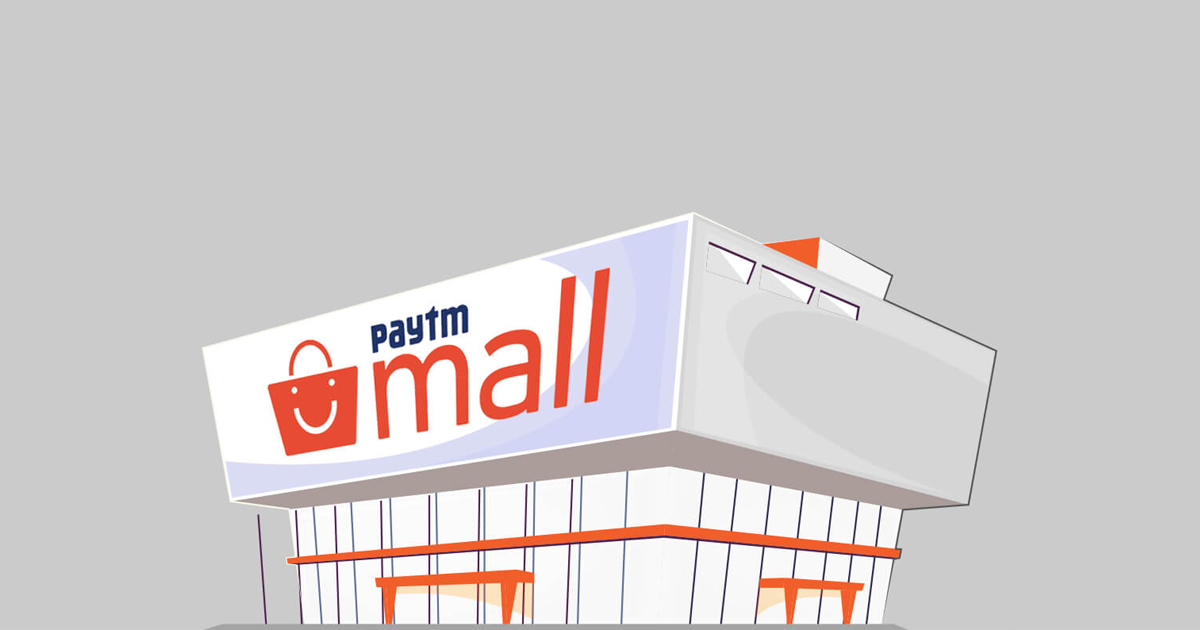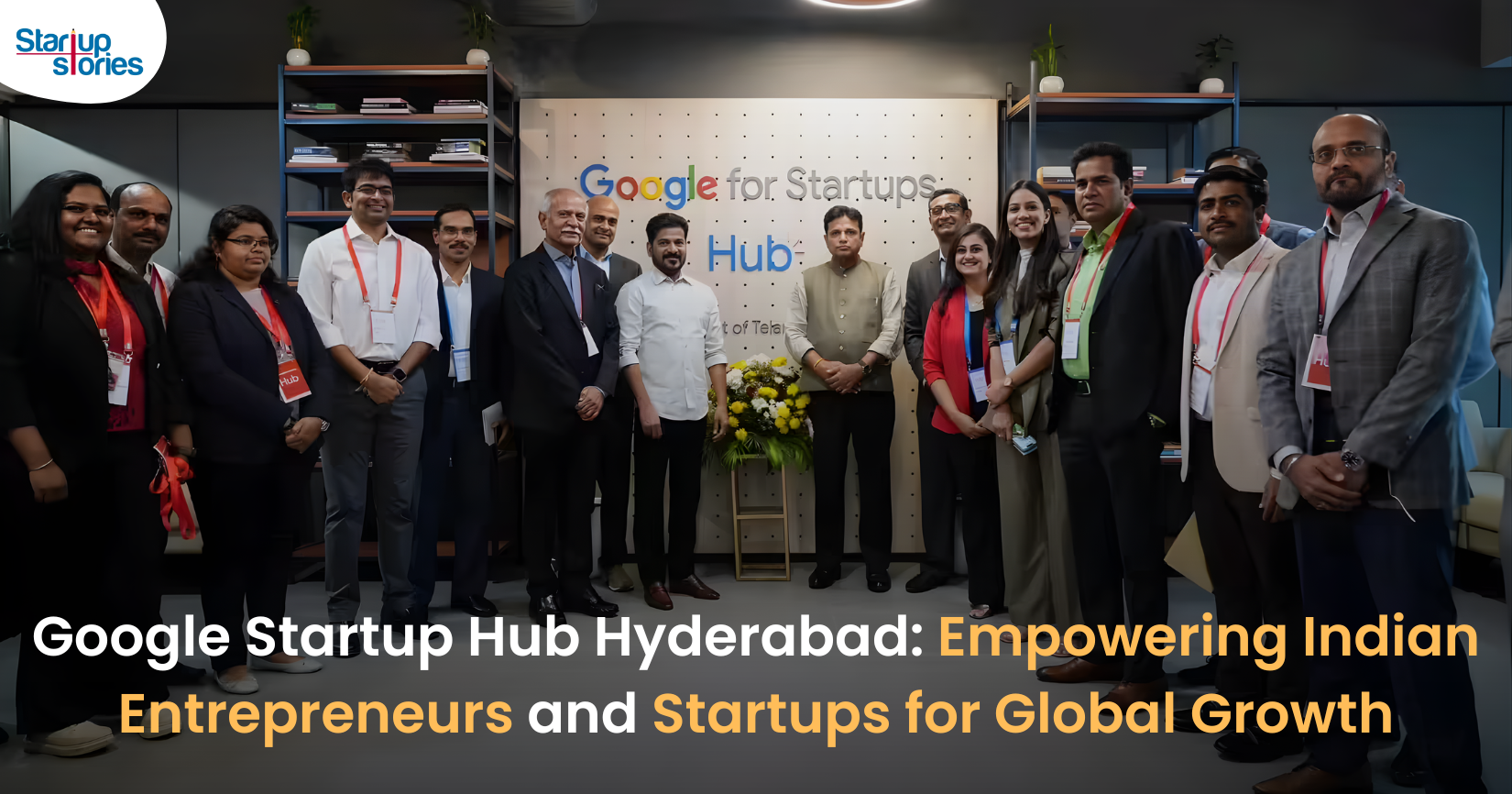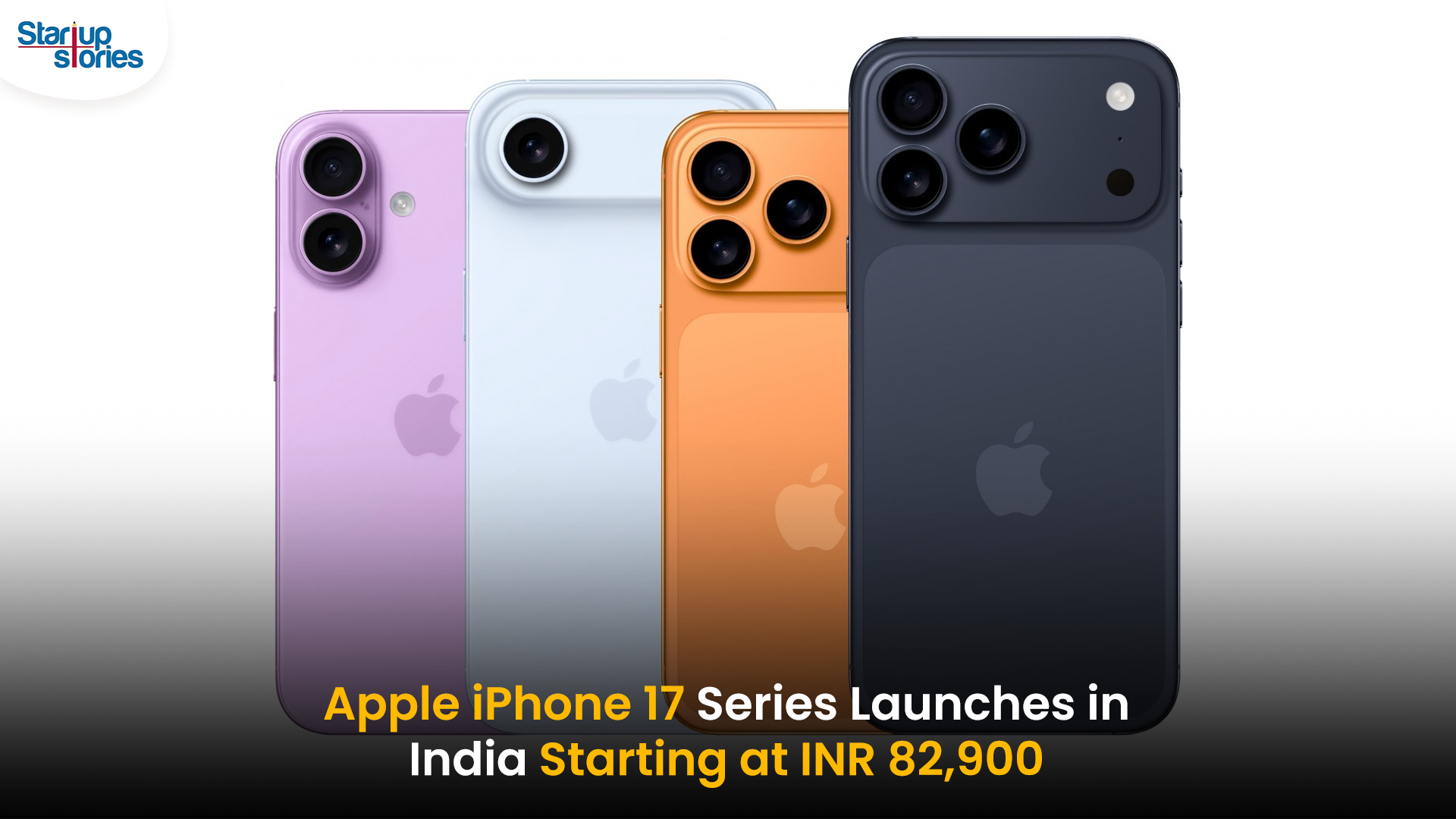News
Paytm Mall Is India’s Next Unicorn

Ecommerce firm Paytm Mall is the latest India based startup company to reach unicorn status after raising $ 445 million from SoftBank and Alibaba. In this latest funding round, Paytm Ecommerce raised $ 400 million from SoftBank while Alibaba invested $ 45 million in the firm.
According to documents filed with the Ministry of Corporate Affairs, post this funding round, Paytm Mall will be valued close to Rs. 12,300 crores or $ 1.9 billion. The Economic Times reported, the company is also in advanced talks to further raise an additional Rs. 1000 crores.
The Chief Operating Officer of Paytm Mall, Amit Sinha confirmed the latest development saying, “This latest investment led by SoftBank and Alibaba reaffirms the strength of our business model, growth trajectory, execution capability and the potential of India’s massive O2O model in the retail space.” The fresh funds, according to Sinha, will be used for empowering shopkeepers with superior technology, building superior logistics, strengthening the Paytm Mall brand and bringing an enriching experience to the customers.
Until now, Alibaba along with Alipay held close to 57% stock in Paytm Mall. However, post this investment round, SoftBank Vision Fund would hold 21% and Alibaba along with Alipay will hold around 46% stake in the ecommerce company.
Last year, the Japan based venture firm SoftBank also led a funding round, investing around $ 1.4 billion in the parent company Paytm. Speaking about this investment round, a SoftBank spokesperson said “The SoftBank Group is excited to continue supporting Paytm as it develops into one of the leading internet ecosystems in the country. Our investment in Paytm Mall is part of that ongoing commitment. We believe Paytm Mall’s offline to online operating model, combined with the strength of the Paytm ecosystem, is uniquely positioned to enable India’s 15 million offline retail shops to participate in India’s ecommerce boom.”
Launched as an independent entity in 2017, Paytm Mall currently claims to have over 10 crore customers, over 500 categories and has reached 39,000 pin codes across India. The company also replaced Snapdeal to become the third largest player in the Indian ecommerce ecosystem after Flipkart and Amazon India.
News
Google Launches Startup Hub in Hyderabad to Boost India’s Innovation Ecosystem

Google has launched the Google Startup Hub Hyderabad, a major step in strengthening India’s dynamic startup ecosystem. This new initiative aims to empower entrepreneurs, innovators, and developers by giving them access to Google’s global expertise, mentoring programs, and advanced cloud technology. The hub reflects Google’s mission to fuel India’s digital transformation and promote innovation through the Google for Startups program.
Located in the heart of one of India’s top tech cities, the Google Startup Hub in Hyderabad will host mentorship sessions, training workshops, and networking events designed for early-stage startups. Founders will receive Google Cloud credits, expert guidance in AI, product development, and business scaling, and opportunities to collaborate with Google’s global mentors and investors. This ecosystem aims to help Indian startups grow faster and compete globally.
With Hyderabad already home to tech giants like Google, Microsoft, and Amazon, the launch of the Google Startup Hub Hyderabad further cements the city’s position as a leading innovation and technology hub in India. Backed by a strong talent pool and robust infrastructure, this hub is set to become a growth engine for next-generation startups, driving innovation from India to global markets.
News
BMW’s New Logo Debuts Subtly on the All-Electric iX3: A Modern Evolution

BMW quietly debuted its new logo on the all-electric iX3, marking a significant yet understated shift in the brand’s design direction for 2025. The updated emblem retains the classic roundel and Bavarian blue-and-white colors, but sharp-eyed enthusiasts noticed subtle refinements: the inner chrome ring has been removed, dividing lines between blue and white are gone, and the logo now features a contemporary satin matte black background with slimmer “BMW” lettering. These enhancements showcase BMW’s embrace of modern minimalism while reinforcing their commitment to premium aesthetics and the innovative Neue Klasse philosophy for future electric vehicles.
Unlike rival automakers that reveal dramatic logo changes, BMW’s refresh is evolutionary and respectful of tradition. The new badge ditches decorative chrome and blue borders associated with earlier electric models, resulting in a flatter, more digital-friendly design that mirrors recent branding seen in BMW’s digital communications. Appearing first on the iX3’s nose, steering wheel, and hub caps, this updated identity will gradually be adopted across all BMW models—both electric and combustion—signaling a unified brand language for years to come.
BMW’s strategic logo update represents more than just aesthetic reinvention—it underscores the brand’s dedication to future-ready mobility, design continuity, and a premium EV experience. As the new roundel begins rolling out on upcoming BMW vehicles, it stands as a testament to the automaker’s depth of detail and thoughtful evolution, offering subtle distinction for keen observers and affirming BMW’s iconic status in the ever-changing automotive landscape.
News
iPhone 17 India Price, Features & Availability: All You Need to Know

Apple has officially launched the highly anticipated iPhone 17 series in India, with prices starting at INR 82,900 for the base 256GB model. The new lineup includes the iPhone 17, iPhone 17 Pro, iPhone 17 Pro Max, and the newly introduced ultra-slim iPhone Air. Apple has removed the 128GB storage variant, making 256GB the minimum for all models. The standard iPhone 17 features a vibrant 6.3-inch ProMotion OLED display with a 120Hz refresh rate and an upgraded Ceramic Shield 2 for improved durability. It comes in fresh color options like lavender, mist blue, sage, white, and black.
The iPhone 17 Pro and Pro Max models are powered by Apple’s latest A19 Pro chip and start at INR 1,34,900 and INR 1,49,900, respectively. These Pro models feature sleek titanium frames, significant camera upgrades including 8K video recording, and up to 6x optical zoom in the Pro Max. Meanwhile, the iPhone Air, priced from INR 1,19,900, is the slimmest and lightest iPhone ever, boasting a 6.7-inch Super Retina XDR display with ProMotion technology and a triple-camera setup, positioning itself between the standard and Pro models.
Pre-orders for the iPhone 17 series commence on September 12, with sales beginning on September 19, 2025. Alongside the launch, Apple has reduced prices for the previous iPhone 16 models while discontinuing the iPhone 16 Pro and Pro Max variants. The iPhone 17 series exemplifies Apple’s ongoing commitment to enhancing display technology, camera capabilities, and overall performance, setting a new benchmark for premium smartphones in the Indian market.













iwin
November 7, 2025 at 8:13 am
iwin – nền tảng game bài đổi thưởng uy tín, nơi bạn có thể thử vận may và tận hưởng nhiều tựa game hấp
谷歌站群
November 7, 2025 at 8:14 pm
专业构建与管理谷歌站群网络,助力品牌实现全域流量的强势增长。谷歌站群
MM88
November 8, 2025 at 2:52 am
Khám phá thế giới giải trí trực tuyến đỉnh cao tại MM88, nơi mang đến những trải nghiệm cá cược thể thao và casino sống động.
谷歌外推
November 8, 2025 at 10:24 pm
采用高效谷歌外推策略,快速提升网站在搜索引擎中的可见性与权重。谷歌外推
jili slot free 100
December 19, 2025 at 6:17 am
jili slot free 100 jili slot free 100
Drip Casino Kundenmeinungen
December 21, 2025 at 3:45 am
Online-Pokerspieler wissen ganz genau, dass es auf diese Übungsrunden ankommt,
damit sie dann im echten Spiel schon wissen, was sie tun. Doch andere wiederum haben genauso viel Spaß am Spielen, wenn es sich nur
um Spielgeld von dem gratis Glücksspiel handelt. Du kannst alle Spiele, außer ein paar
Jackpot-Slots und eine Handvoll Livespiele mit Spielgeld unverbindlich ausprobieren, ohne echtes Geld zu setzen. Nicht nur
auf Casino Seiten, sondern auch bei uns auf Casinospielen. CrazyGames ist eine kostenlose Browserspielplattform, die 2014 von Raf Mertens gegründet
wurde.
Wenn es einen neuen Online-Slot gibt, den Sie kostenlos
spielen möchten, können Sie das hier tun, sobald er veröffentlicht wird.
Spiele also coole Spiele online und kostenlos auf Spielaffe.deund entdecke jeden Tag neue Trendspiele oder bewährte Spiele-Klassiker fürdich.
Hier finden sichauch zahlreiche Puzzle, Mahjong-Spiele und Management-Klassiker wie Big
Farmoder My Free Zoo, in denen du mal eine erfolgreiche Farm und mal einenblühenden Zoo erbaust und auch viele andere Aufbauspiele sowie Minecraft.Wenn du ein Fan von Multiplayer-Spielen und besonders Browsergames bist,stellt Spielaffe
dir auch hier eine große Auswahl an tollen Games zurVerfügung.
Und falls du einfach mal nur zu zweit spielenwillst, bietet dir
die Feuer und Wasser-Reihe oder ein anderes Spiel fürzwei
Spieler jede Menge kurzweilige Unterhaltung für zwischendurch.
Viele io Games lassen dich zudem mit Spielern aus aller Weltgemeinsam online spielen.
So musst du die Spiele nicht erst herunterladen, sondern kannst direkt
mit dem Zocken beginnen. Download und Registrierung sind ebenso wenig
erforderlich wie eine Echtgeld Einzahlung. Mit
unserer Zusammenstellung lernen Sie monatlich neue Online Slots und Casino Spiele kostenlos kennen, ohne Anmeldung oder
Einzahlung in einem Online Casino. Erst für das Spiel mit
Echtgeld Gewinnen ist die Registrierung und Einzahlung in einem Online Casino erforderlich.
References:
https://online-spielhallen.de/admiral-casino-auszahlung-ihr-weg-zum-gewinn/